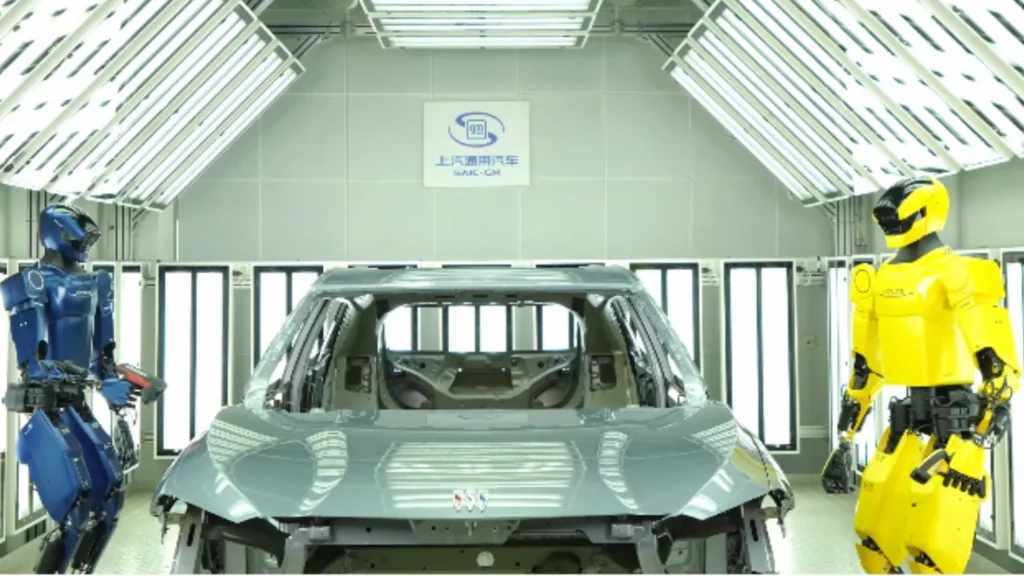
Kepler’s K2 humanoid robot begins industrial testing at Shanghai auto plant
The humanoid can carry up to 15 kg per hand and operate autonomously for 8 continuous hours inside a real automotive plant.

The humanoid can carry up to 15 kg per hand and operate autonomously for 8 continuous hours inside a real automotive plant.
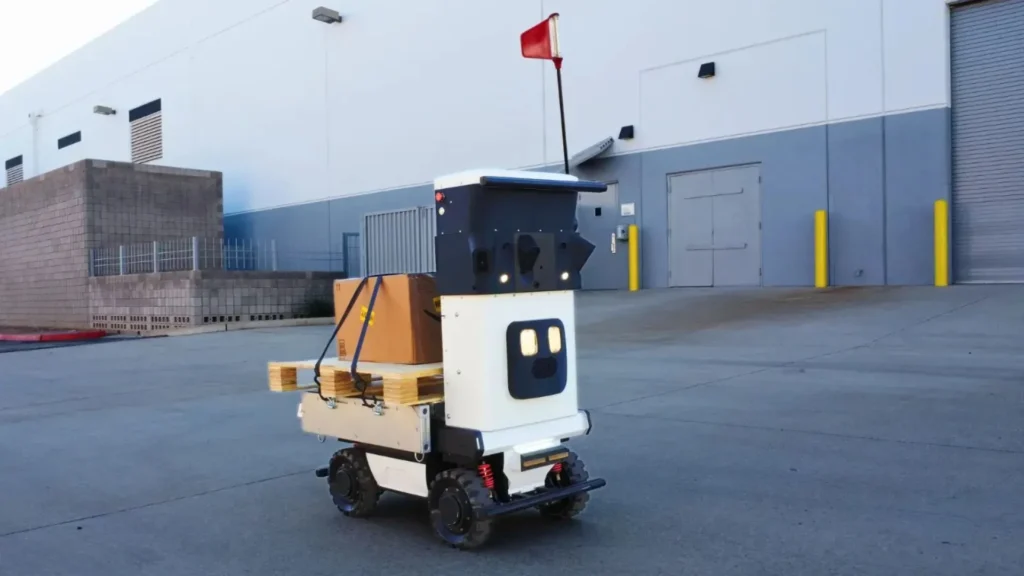
The robot can operate for more than 16 hours, moving on gravel, dirt, or carpet, even in extreme temperature conditions.
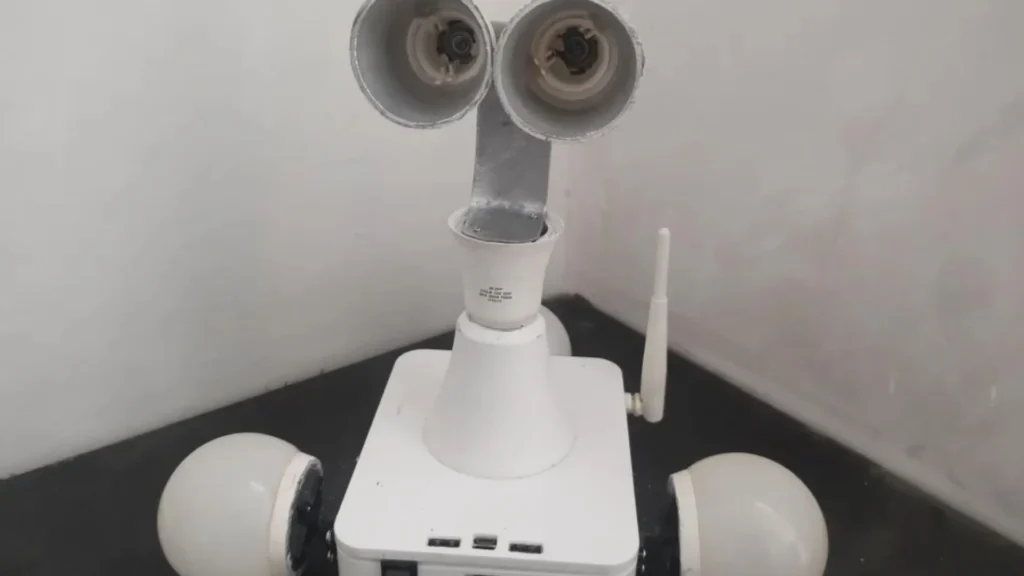
Controlled by Wi-Fi and made from scrap metal, Esghati promotes technological education through recycling and open access to knowledge.

EngineAI's PM01 robot performs a front flip, marking a major advancement in humanoid robotics.

The humanoid has more than 1,000 artificial myofibers capable of generating more than one kilogram of force per three grams of fiber.
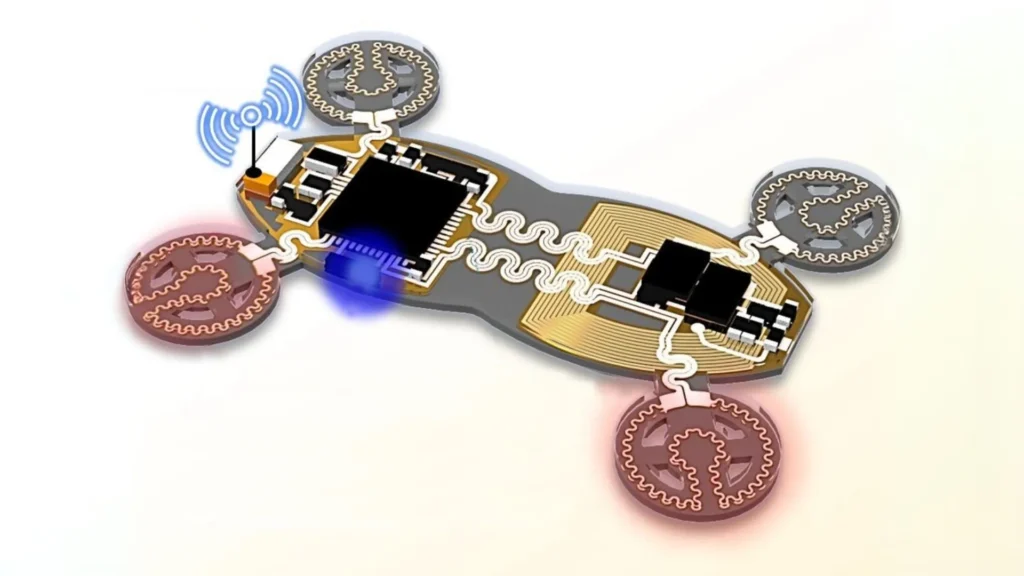
Still without an official name, researchers are open to public suggestions for the robot's name.

Spot successfully reactivated a crucial crane for handling radioactive waste at Dounreay.
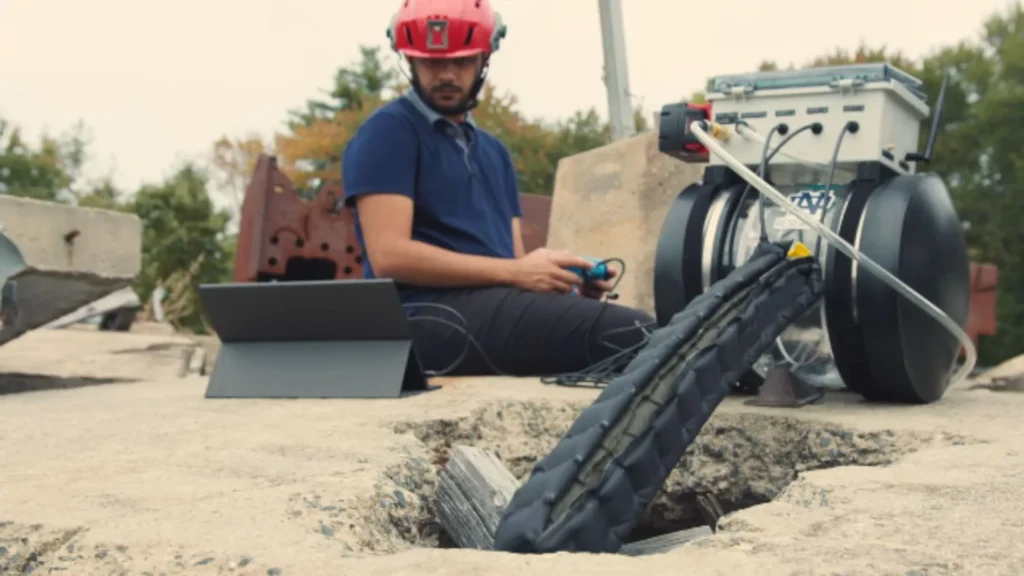
The robot can navigate up to 7.6 meters under debris, offering rescue teams a flexible and cost-effective tool.
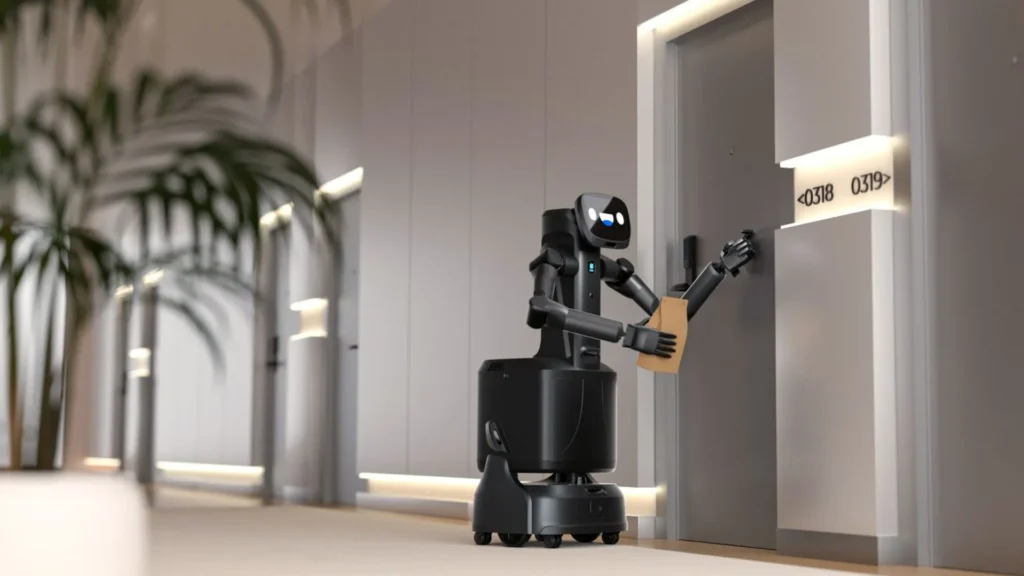
FlashBot Arm can operate elevators autonomously, allowing it to make deliveries between different floors in environments such as hotels.
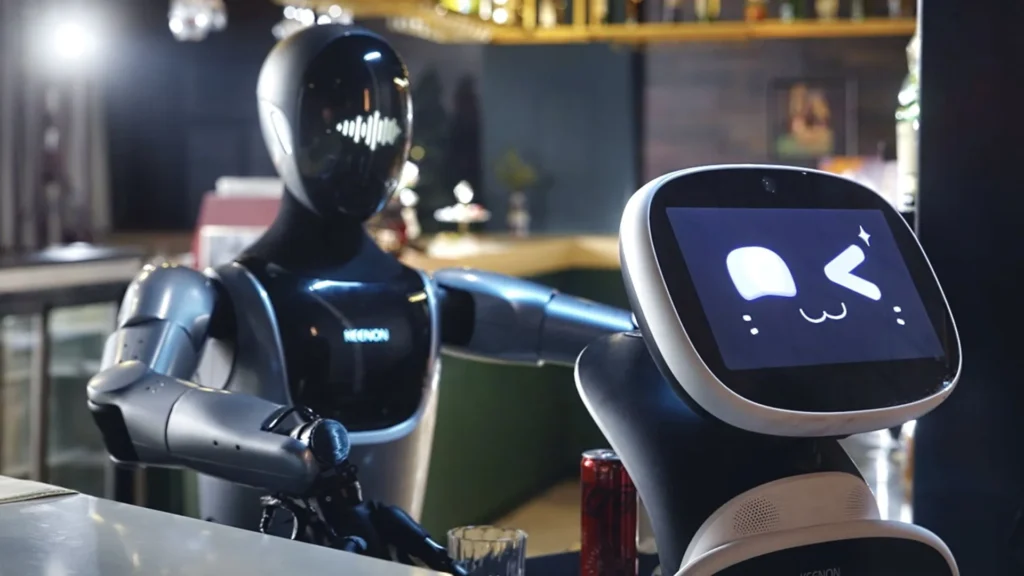
As machine learning and service robotics continue to evolve, KEENON continues to demonstrate its ability to lead this new era of automation.
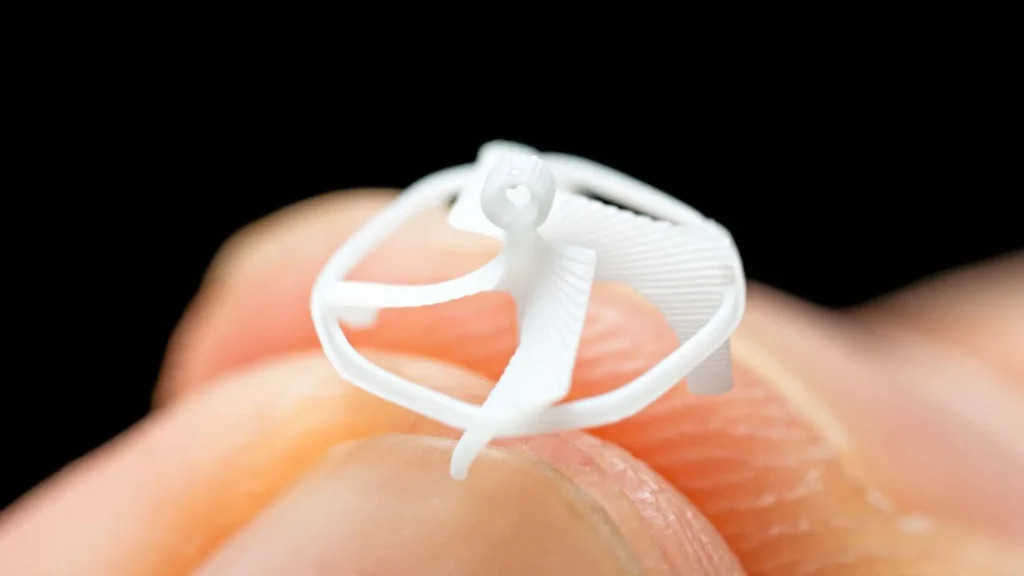
Researchers continue to work on integrating active controls that allow for real-time adjustments to improve stability and responsiveness.
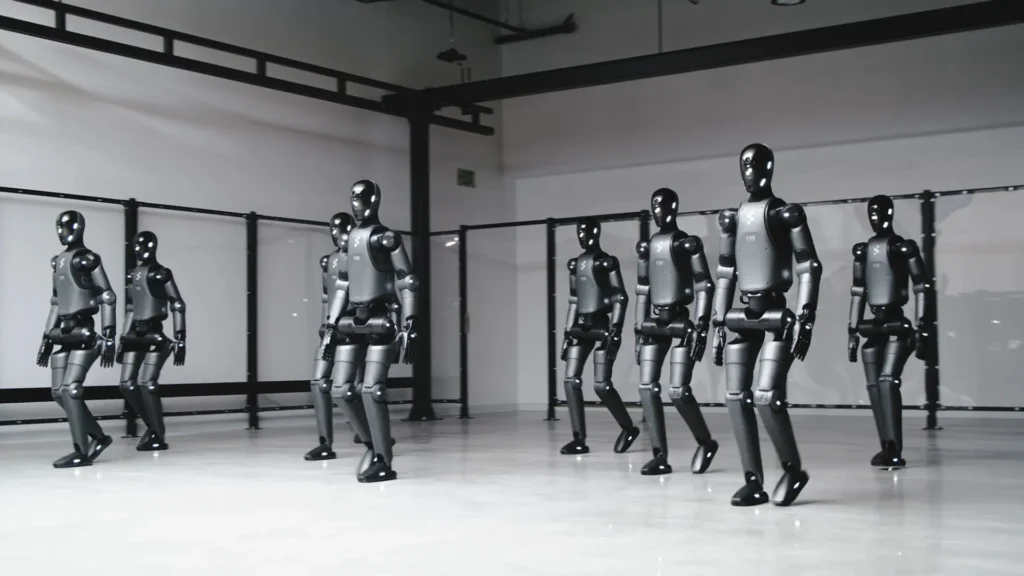
The success of the Figure O2 robot lies in its ability to mimic human walking patterns with detail and accuracy.